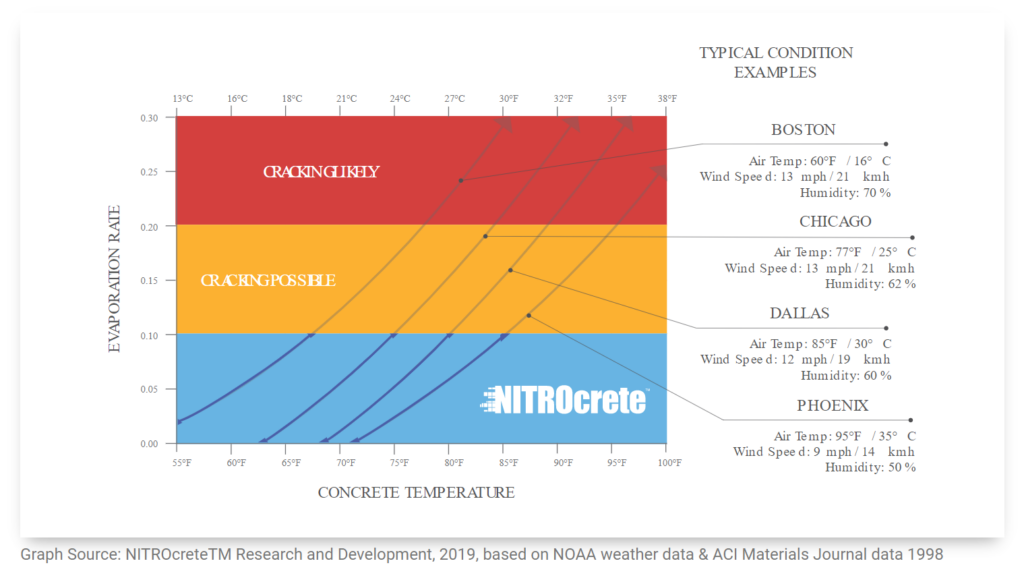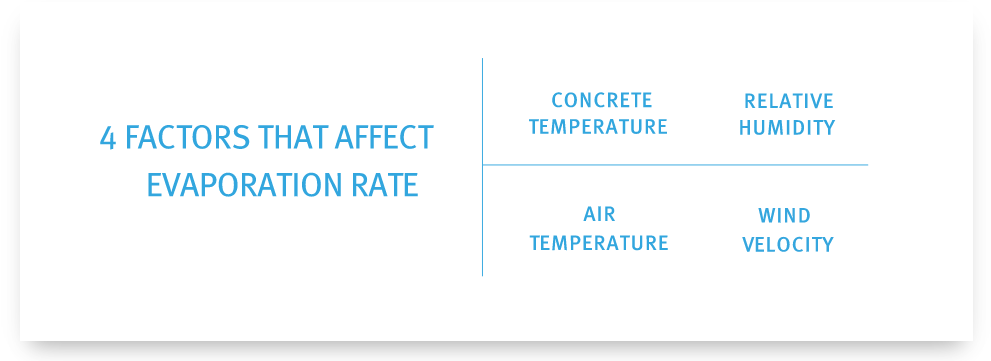Reduce Plastic Shrinkage Cracking
Temperature, evaporation rate, and shrinkage cracking are all interrelated. When evaporation is controlled, the likelihood of shrinkage cracking goes down. However, outside of delaying concrete pours or rescheduling crews, few practical options exist to control evaporation. That said, NITROcrete™ offers a way to control temperature, thereby managing evaporation rate to prevent shrinkage cracking.
Problems from Shrinkage Cracking
Plastic shrinkage cracks can form in the concrete’s surface in the first few hours after placement. While not indicative of immediate problems with durability, cracks raise concerns about quality and can cause problems for long-term durability.
Cracking Potential
While opinions can vary on acceptable evaporation rates, general guidelines indicate that plastic shrinkage is likely if evaporation rate exceeds 0.20 lbs/ft2/hr, and 0.00 possible above 0.10 lbs/ft2/hr. The figure below shows the conditions that exist in various regions.

Advantages
- Controlling temperature proven effective for managing evaporation rate
- Achieve desired finishability window
- Prevent shrinkage cracking
Documents
What causes shrinkage cracking?
Shrinkage cracks appear when the evaporation rate on concrete surface is greater than the rate at which bleed water rises to the surface.1 During this early stage, concrete has attained some rigidity but has not developed enough tensile strength to withstand rapid volume change caused by evaporation.2

Conclusion
While intuition might suggest that evaporation rates are highest during summer, the data show additional potential for high evaporation rates when air temperatures drop, but concrete temperatures remain relatively high. High wind speed and low humidity can also affect evaporation rate. These year-round problems with plastic shrinkage are mitigated when NITROcrete™ is used to control temperature.
References
1 Uno, P., ACI Materials Journal, 1998
2 Wittman, C. Cement and Conrete Research, 1976
About NITROcrete™
NITROcrete is the world leader in concrete temperature control. In 2012, what started as a jobsite problem for a partner evolved into a solution that is revolutionizing the concrete industry. The team listened, tested, developed prototypes, and made adjustments. Then they listened more, tested more, and in 2017, after 5 years of R&D, they introduced NITROcrete, a comprehensive concrete solution born directly out of the concrete industry.
The largest concrete companies in the world now use NITROcrete to simplify their processes, streamline their operations, and grow their bottom lines. NITROcrete provides sustainable concrete automation solutions, system management, and support–which gives its worldwide industry partners unmatched efficiency, control, and peace of mind.
